Now in its twelfth iteration, the USE Exposure Sixpack MK12 SYNC MK4 clearly exhibits the brand’s wealth of experience in creating lights for off-road riding. It is beautifully built with a well-considered beam pattern. This SYNC model offers handy connectivity that allows the rider to custom-tune this light to their needs. While it’s pricy and not without fault, it's still one of the best mountain bike lights currently available.
- Everything you need to know about off-road lights for night riding
- Moon Canopus front light review
-
9 top tips to make the most of the off-road night riding season
USE Exposure Sixpack MK12 SYNC MK4 - Technical details
Exposure’s Sixpack MK12 SYNC 4 combines its much-loved Sixpack light with useful SYNC technology. This tech allows the light to be connected to a phone and/or a handlebar remote via Bluetooth. Through this ability and the phone app, users can take advantage of two customisable programs to tailor the light's settings to their needs.
If that’s not cool enough, this light comes with the usual array of features you’ll find on an Exposure product. So that’s the Reflex+ tech that adjusts the lights output to the speed of riding automatically, there’s Smart Port+ that turns the light into a power bank and the neat LED display. The light also comes with 10 settings (two of them being customisable through the app) that offer a choice of run times, so you can tailor the light’s output and run time to your planned ride and there’s a circuit built-in that tapers the output of light when it gets too hot.
As for the Sixpack’s brightness, well, it sits at 3750 lumens and maxes out at 5250 lumens when the light is used in Reflex+ mode. Six white XPL2 bulbs deliver those lumens. It then promises a two to 36-hour battery life with an eight-hour charge time and it’s contained within an anodised 6063 aluminium housing. I’ve weighed it in at 401g, which is 15g weightier than claimed, without the handlebar bracket.
Finally, a staple of Exposure lights, the programs and possible run times are etched into the lower of the casing.
USE Exposure Sixpack MK12 SYNC MK4 - Installation
Installation of the Sixpack is nice and simple. Just install the bracket using the single 4mm Allen while making sure that the correct 35mm, or 31.8mm spacer is nestled in between the bracket and bar. Then slide the light onto the bracket and it should hold snugly.
Getting the light synced to your phone is equally as easy. Just hold the Sixpack’s button down until you get PGM1 showing on the display (this is also where you can pick programs and factory reset the device) and scroll until you find SYNC. With the app on your phone, add the device and there you go.
USE Exposure Sixpack MK12 SYNC MK4 - Connectivity and the app
The Exposure app is very useful as it allows almost the complete customisation of the light’s settings. You can pick up to three power modes within each setting and choose each mode’s burn time. In turn, that’ll dictate the brightness of each mode. You can also set a mode to flash.
It’s a mighty powerful tool as you can program the light to use the maximum amount of power within a given timeframe. So if you’re planning a long one, you can preset each mode to have a particular burn time but the light overall, won’t be as bright. If you’re on a shorter ride you can set a shorter burn time and benefit from a brighter light.
This adjustment could be made a little clearer though as it doesn’t break down the lumen output according to the chosen burn time. It’ll be handy to be able to pick the output and then be given the predicted burn time but a quick bit of maths, as the instructions state, solves this issue. Double the burn time is equal to half the lumen output. Still, it would be helpful for the app to make this clear.
While the app is a fantastic addition, it’s not without its flaws and the one downside is that it offers a ‘flash’ option but it doesn’t work. I would find it useful to have a mode set to flash for those brief moments on the road but this isn’t the end of the world, as there is a dedicated flash mode a click of a button away.
As for the handlebar remote, it’s been a bit hit and miss. I’ve gone through two remotes, as the first didn’t behave as the useful instructional video says, and wouldn’t pair with the Sixpack. However, swapping this for a freshie solved this issue.
USE Exposure Sixpack MK12 SYNC MK4 - Performance
The remote issue aside, the Sixpack is a trail-illuminating powerhouse. Exposure has done an excellent job in sculpting its beam not only to penetrate deep into the trail ahead but it’s reasonably wide which lightens most of the details towards the periphery. Its central hotspot tapers consistently towards the beam’s outer edge to which it gradually fades giving the projected light a natural feel. It's an unobtrusive colour temperature, too, being rather close to daylight, though it's more on the cool/blue side of the scale if I were to nitpick.
Some riders may ask for a wider initial spread but when descending with the light at full blast, I’ve not felt as if I’ve had to dial back my riding due to impaired vision. This may also reduce its ability to pierce darkness further ahead.
Modes are easy to navigate, simply by clicking the one button at the rear or on the remote and the LED screen is super clear and very bright. It would be nice if it were angled, or placed at another point on the light as I have had to either get off the bike to check the battery life or bend myself into a less-than-ideal position to get a good glance. It’s a handy feature nonetheless as it shows the burn time of the setting you’re in, which is hugely beneficial when compared to those that show battery life through a series of LEDs.
While we’re on the subject of battery life, the Sixpack offers plenty and it’s boosted thanks to the adjustability of the app. Although stretching the burn time too much would mean that you won’t be able to take full advantage of its more than adequate maximum lumen output.
Reflex+ adds to the Sixpack’s roster of helpful features and helpful, it is but only to a point. As mentioned before, it’s clever tech that controls the light’s lumen output according to the speed at which you’re travelling. However, it’s only activated depending on whether the bike is moving, so it’s not as set-and-forget as it might suggest. This is because it’ll happily sit at the full power you set it whether you’re climbing or descending, draining precious battery life.
But what it does do is lower that power output automatically when you’re not moving. If you’re one for some mid-ride faff, or if you're often sat around at the trailhead with a talkative group of mates, it will save power. If you’re moving though, you will need to shift settings manually.
That is easily done though when paired with the bar remote (when it works), or when using the tactile stainless steel button. The remote can be paired with two lights, allowing the rider to adjust the power of both an Exposure helmet light, and the Sixpack simultaneously.
Although an extra 401g is quite a bit of mass to be strapped onto your handlebar, the weight wasn’t noticeable when riding. It’s easy to remove, too, and the bracket isn’t cumbersome in the slightest. It takes up very little handlebar real estate, but the size of the light itself may have you considering its placement when mounted to cockpits with bulky stems.
USE Exposure Sixpack MK12 SYNC MK4 - Verdict
At just a fiver shy of £500, the Sixpack is quite the pricy number but you are getting an awful lot for the money. First off, it’s an all-in-one package without an external battery pack. You also get that very high build quality and all of that very useful tech, most of which you won't find elsewhere.
You can pick up the Sixpack MK12 without the SYNC tech and bar remote, which will save you £50 and it keeps all of the goodness but loses that connectivity. That’s a great option if you’re looking for the overall functionality and quality of the light but want to save a few pounds, or don’t see the value in the connectivity.
Though there are cheaper but very effective options from other brands such as Magicshine and the Monteer 8000S. This one kicks out a whopping 8,000 lumens, which is way more than enough. It does use an external power pack however and it doesn’t get any of the handy features found on the Sixpack.
Even Gemini’s Titan 4000 OLED is £145 cheaper. That one offers 4,000 lumens and a run time of two hours and 25 minutes at max power. That’s 25 minutes more than what the Sixpack promises but of course, at full blast, it doesn’t offer quite as many lumens.
Coming from mountain bike lights with far fewer features, the Exposure Sixpack MK12 SYNC MK4 takes a good bit of learning to make the absolute most of its bells and whistles. Though once acquainted it’s an excellent light that’s ideal for the night-riding fanatic thanks to its decent beam pattern, top-notch build quality, and useful connectivity when it works but while it’s good value, it’s quite the investment.







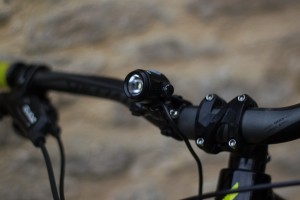

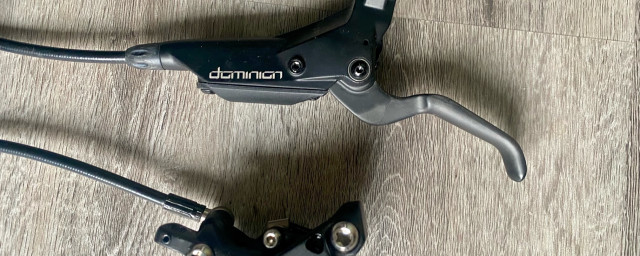
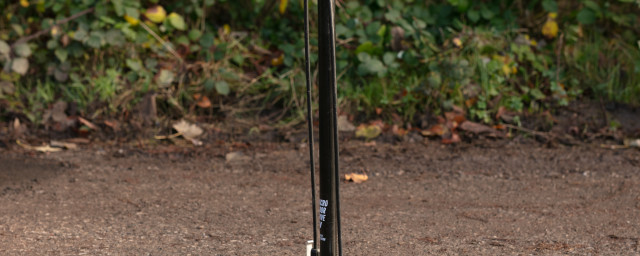

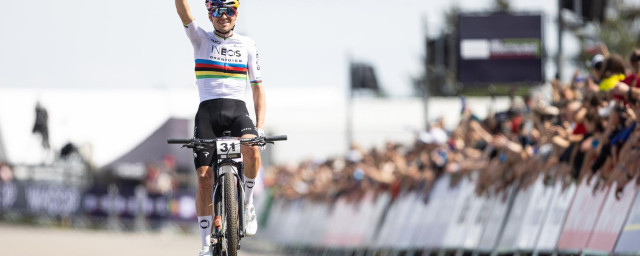
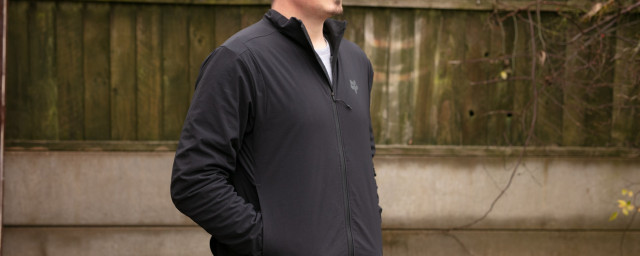
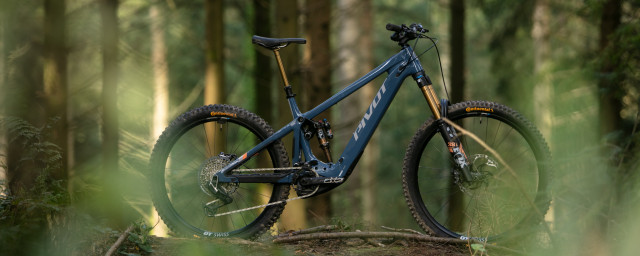
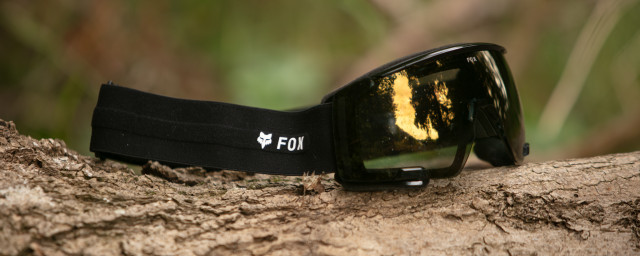
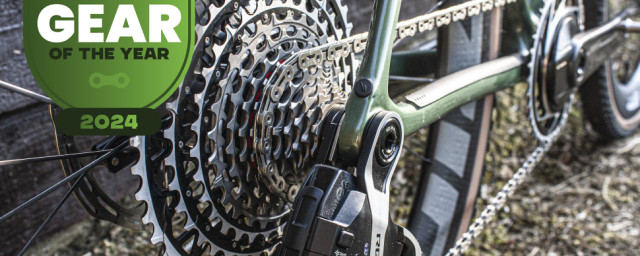
Add comment